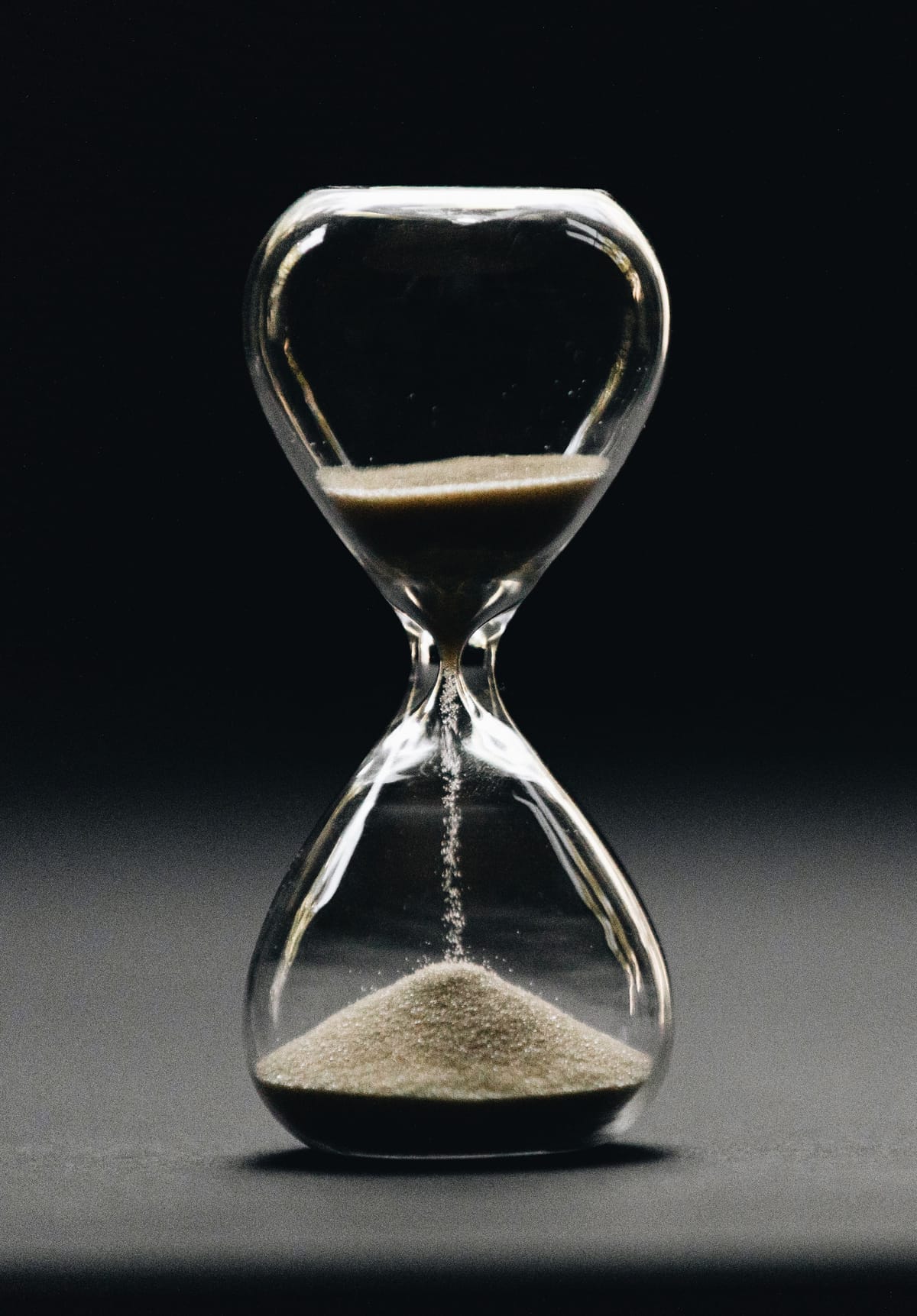Effectivity vs Efficiency

Many of the speedcubers talk about “TPS”, “Efficiency”, “Effectivity”, “Move Count”, etc. jargons. What are these? Why do they matter? What to focus on?
TPS: Turn Per Seconds.
We can calculate it by counting move counts and dividing them by the total time required to solve the cube. For example, We solve the cube in 60 seconds, with 60 moves. Our TPS= 60 Moves/60 Sec = 1 move(or Turn) per second.
Move Count: Total turns required to solve a cube.
WCA notation has detailed rules for counting moves. In this article, we would count moves by each 90-degree turn. WCA calls R2, one move. We would consider it Two moves. Why so?
Because it would allow us to calculate TPS effectively. Essentially R = 1 move, R2 = 2 move.
Efficiency: Lowest move count used to solve the cube.
Our target is to solve the cube in the lowest possible move. WCA event FMC rewards you for your efficiency.
Effectivity: Lowest time used to solve the cube.
Our target is to solve the cube in lower time possible. Every WCA event except FMC rewards you for your effectiveness.
If you are going for FMC, efficiency is mandatory. Nothing else matters. But for speedcubing, the answer would vary. Effectivity surely is the most important trait. But you cannot be effective without being efficient.
TPS = Total Move Required to solve the cube / Total time required
or, Total Time required = Total Move Required to solve the cube / TPS
We know,
The lower the required time, the Higher the efficiency.
Hence,
Efficiency ∝ TPS, (Move count)-1
To maximize efficiency, We need to achieve higher TPS, lower move count. Both at once. Many speedcubers focus on TPS while forgetting Move count. They spam TPS without actually knowing what to do next. Don’t do that. There’s another group that does the opposite. They are super-efficient. They forget that they are speedsolving. Hence, they fail to showcase their full potential. Don’t leave one for the other.
What’s the sweet spot?
Depending on your average, the sweet spot(The spot where efficiency and effectivity will intersect to maximize your solving speed) will vary. Here’s a recommended list you can follow:
| Target Average(Sub) | Target TPS | Target Move count |
| 30 | 3 | 90 |
| 25 | 3.25 | 75 |
| 20 | 3.5 | 65 |
| 15 | 4 | 60 |
| 12 | 4.5 | 55 |
| 10 | 5.5 | 55 |
| 8 | 6.5 | 50 |
As you can see, the target move count from Sub-12 is mostly fixed. Only TPS is increasing. If you are a TPS spammer, this chart is for you. Some cubers found success with this method. The most notable one in Bangladesh is Sakib Ibn Rashid Rhivu. Beware, achieving that high consistent TPS is not easy. So you may want to learn to make your solves efficient. You can learn Last layer algorithm sets, X-Cross, F2L tricks, ZBLL, CLL, etc. They will drop your move count heavily, allowing you to achieve the same average with lower TPS.
You can build your target average chart. Please note, TPS is a consistent metric. If you pause during your solve, your TPS will mess up. So pausing needs to be decreased. The solution for this is to look ahead. The idea is to solve it slightly slow, so you can see what you have to do. As long as your going slow is lower than the time you would have lost by pausing, you are doing great. Looking ahead has a lot of topics/guides. Check them out if you are not familiar with this term.
Conclusion
Try to solve efficiently while being effective.
Farhanul Haque Khan
Cubing since 2010
Speedcubing since 2012
WCA ID: 2017KHAN54





